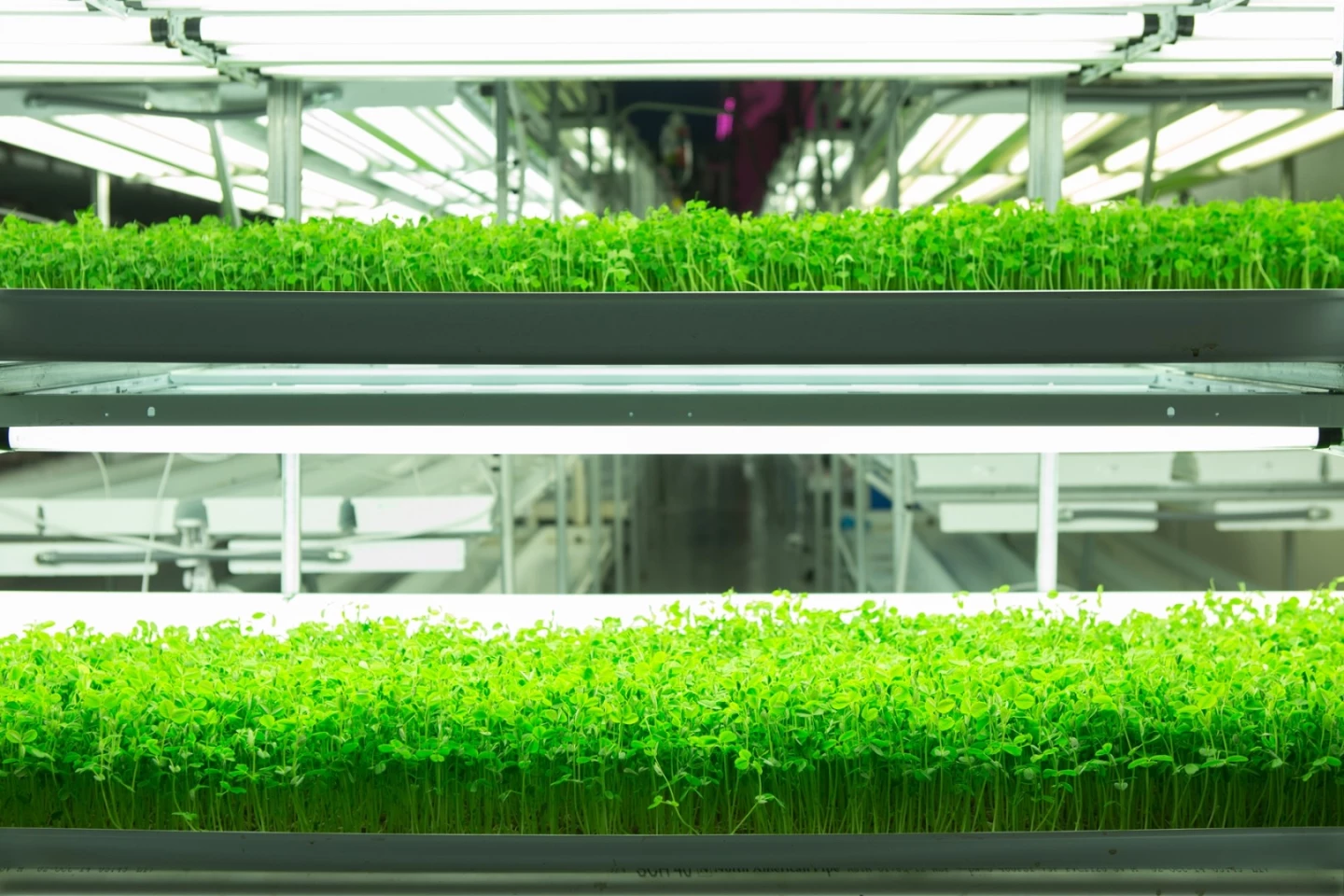The US city of Louisville, KY, is set to become home to a major new vertical farm. The FarmedHere facility will be part of the new 24-ac (9.7-ha) West Louisville FoodPort that will be home to a community of food-related businesses. It will grow microgreens, herbs and vegetables.
The new farm will cover an area of 60,000 sq ft (5,574 sq m). This will make it smaller than AeroFarms' 69,000-sq ft (6,410-sq m) facility in Newark, New Jersey, which, at one point, was claimed as the biggest in the world, and indeed FarmedHere's own 90,000-sq ft (8,361-sq m) facility in Chicago, which it says is currently the largest indoor vertical farm in North America.
Nonetheless, FarmedHere expects the new farm to help the Louisville FoodPort become "one of the most transformative urban reinvestment projects of the decade." It plans to hire 40 new employees from the local area, many whom it expects to be veterans and second-chance employees. In addition, the facility will contribute to fulfilling the company's own long-term ambitions.
"This new location will bring us one step closer to reaching our goal of building vertical farms in 18 cities across the country and feeding 75 percent of the United States' population," says FarmedHere CEO Matt Matros in a press release. "With a projected 9.6 billion people on earth by 2050, alternative forms of agriculture are becoming more important, especially in urban areas where adequate farmland is limited."

FarmedHere's indoor facilities are controlled environments that use energy-efficient LED lighting for the growing process. They are said to produce 15 times as many crop-cycles as traditional farms every year and to use 97 percent less water.
The Louisville farm will accommodate 10 rows of vertical grow-beds, as well as dedicated space for sorting and packaging microgreens, herbs, salad dressings and baby food, among other produce. FarmedHere says it will provide 18.2 million people living within 200 miles access to freshly harvested, USDA-certified organic and pesticide-free produce all year round.
Construction of the West Louisville FoodPort is expected to begin in August this year.
Sources: FarmedHere, Seed Capital KY











